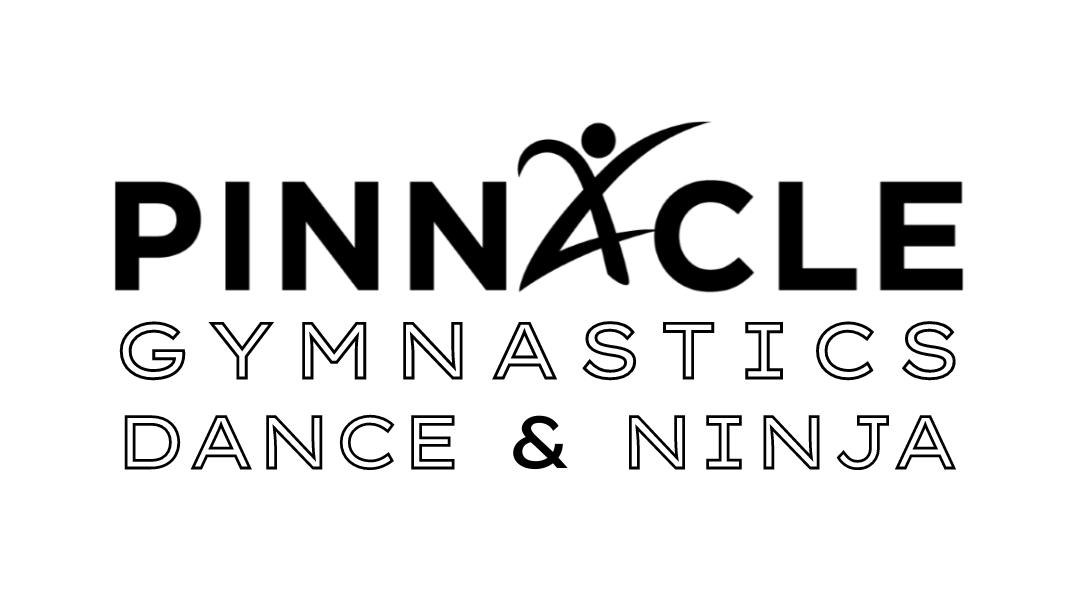BENEFITS OF GYMNASTICS
What are the Benefits of Gymnastics?
Benefits of gymnastics include both physical and mental aspects. The physical benefits, including flexibility, balance, and muscular strength are easiest to see. However, the feats of strength that young athletes accomplish require disciplined training over an extended period of time. Let’s look at some of the most important benefits gymnastics offers.
The Top 5 Benefits of Gymnastics
- Gymnastics fuels the brain and body for learning. The sport encompasses each essential movement necessary for development on The Kinetic Scale.
- Children in gymnastics learn social skills. The benefits of gymnastics sprawl into the classroom. Listening to instructions, taking turns, respecting authority, building friendships, and learning to work independently are all benefits of gymnastics.
- Gymnasts learn work ethic. Gymnastics skills take time and repetition to master. Also, gymnasts must condition physically and mentally to prepare for the proper execution of skills.
- Gymnastics improves self esteem.
- There are many physical health benefits of gymnastics.
Benefit of Gymnastics: The Kinetic Scale
Body and spatial awareness are key elements of gymnastics classes. Kids learn the difference between tight and loose muscles. They learn where to stand to provide for a safe class environment. For example, some children struggle to land on their feet doing a backward roll. Coaches may tap the bottom of the student’s feet to teach them where their feet are. As a result, this makes landing on the feet easier for young athletes.
Coordination involves crossing the midline and discovering handedness. Gymnasts are taught to use both sides of their bodies. “Favorite side” and “not favorite side” cartwheels are taught. One hand is typically identified dominant. Also, athletes are taught bear crawls, log rolls, and many other skills that allow athletes to cross the midline furthering development.
Benefit of Gymnastics: Social Skills
Gymnasts develop friendships in gymnastics classes. They are able to form bonds outside of school or the neighborhood and in a neutral environment. These friendships develop rapidly as athletes learn to encourage one another, become partners, and cheer each other on through new skills.
Also, as gymnasts age, gymnastics teams become a second family. Having these connections in a healthy environment reduces the risk of drug and alcohol abuse.
Benefit of Gymnastics: Work Ethic
The sport of gymnastics is challenging. While many people can walk outside and shoot a basketball or pass a soccer ball, few can execute a proper cartwheel. Gymnastics takes time to develop skills. It takes even more time to perfect them. Gymnasts are taught to try and try again. “You have to get it wrong to get it right” is a common gymnastics saying.
Mistakes are a welcome part of the sport as rarely is an athlete able to execute a skill correctly on the first try. Also relevant, gymnasts learn to repeat drills, conditioning, and skills in an effort to improve them each time. Therefore, gymnasts learn that dedication to sport, perseverance through adversity, and hard work eventually pay off.
Benefit of Gymnastics: Improved Self-Esteem
The results of a Robert Wood Medical School research study shows that for children ages 10 to 16 (particularly preteen girls), the more time spent being physically active, the higher their self-esteem and self-efficacy are. Gymnastics provides weekly activity for youth. Some youth practice only one hour a week, while others begin competitive teams that practice 6, 12 or more hours per week. This activity is extremely beneficial to developing youth.
In addition, children are encouraged by coaches. They begin to accomplish feats they may not have thought possible. Moreover, gymnasts feel success and excitement when they learn new skills. This leads to increased belief in one’s self.
Benefit of Gymnastics: Physical Health
The physical benefits of gymnastics are perhaps the most obvious. Gymnasts practice flexibility, muscular strength, and muscular endurance each class. These skills improve bone health and delay the development of high blood pressure. Living a healthy lifestyle sets children up for a promising future. Those that make gymnastics a part of their routine not only benefit from the physical aspects of gymnastics, but also enjoy the aforementioned mental benefits.
Lastly, gymnastics sets a pattern for regular exercise. Hopefully, this pattern carries on throughout the child’s life and into adulthood. We hope you consider making gymnastics a part of your weekly routine!
Is Your Child on Track?
Check out the Movement Can-Do chart here for a list of suggested movement milestones by age.


